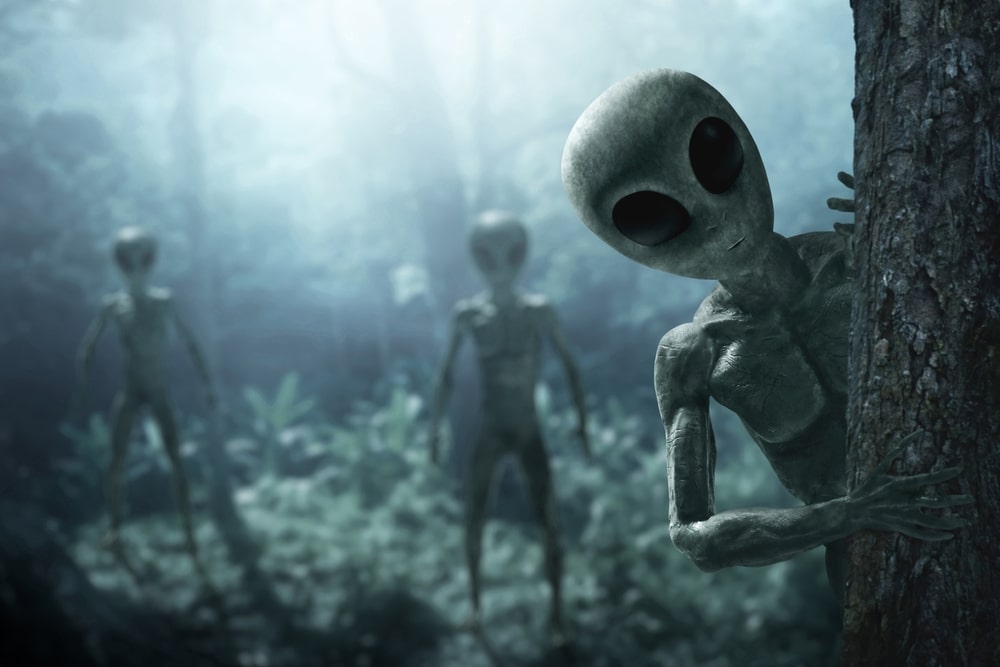Science is a complex topic, and it is heavily based on trial and error. That’s what scientists do; they try things out and see what happens. And this means that there are many science failures out there that wait for you to discover them.
If we look at the last two decades, there have been many scientific discoveries, and most of them have changed our lives forever. But every time there is a successful discovery, there are also a lot of failures before it. This is how progress works. First, you do something not so good, and after that, you try to do it better until you have something amazing.
So stay with us on Science in the World and get ready to see the biggest science failures of the last two decades! Prepare to be surprised!

1. The Rock of Life
Mars is probably our favorite planet, and there have been many discoveries and failed discoveries about it. Sometime in 1996, scientists from NASA announced to the world that they had found a 6.3-ounce rock that had been broken from Mars.
They said that it reached Earth as a meteorite, and it was discovered in 1984 in Antarctica. The mysterious rock contained traces of chemical compounds such as polycyclic aromatic hydrocarbons, magnetite, and iron sulfide. But why is this important? Well, scientists said that all of these compounds indicate that 3.6 billion years ago, there were bacteria on the Red Planet.
This was big news! The newspapers were writing that August 7, 1996, might be one of the most important dates in history. Unfortunately, the theory was not a strong one, and within two years, it began to crack. Amino acid traces, which are essential to life, were also discovered in the nearby Antarctic ice.
And even more, they looked at other spatial rocks that were not from Mars; they analyzed rocks from the moon, and guess what? The same traces of amino acids were found. And it is clear that there is no life on the moon, so it is easy to understand why the theory failed.
2. What’s evolution? Is it even real?
There are many science failures in this world, but the ones about evolution used to be pretty popular back then. The theory of Charles Darwin about how, through an endless chain of genetic mutations, we and all that is around us evolved from single-celled organisms has been contested many times in human history.
For example, in 1995, Colorado decided that students didn’t need to know anything about evolution since it wasn’t true. Clair Orr, Colorado’s chairman of the state’s board of education, announced that he believes only in divine creation, and because of this, why would students need to learn about the theory of Darwin?
But Colorado was not alone in this. Kansas also decided to remove the evolution theory from schools in 1999. While Florida’s and South Carolina’s curricula hardly mention it, Mississippi’s and Tennessee’s curricula completely avoid it.
So, why is this one of the science failures? Well, if we look at it from the current perspective, it is obvious that we have so much evidence that makes this theory the most credible one. There are more theories about the origin of life out there, but most of them are strange and make no sense.
3. Debendox and its effects
It was 1961, and an Australian obstetrician named William McBride was called a visionary by the scientific world because he issued a warning about thalidomide and its side effects. This drug is a sedative that is usually prescribed for those who suffer from anxiety and morning sickness.
So, this medicine was given to pregnant women to make their lives easier, but as we said, McBride announced something that has shocked most people. He said that this drug caused infants to be born with horrific limb deformities.
Even though McBride’s theory was only supported by a few anecdotal examples, future research somehow proved him correct. After this, thalidomide was removed from the market, and people began to fear it.
Later on, McBride tried to do the same thing once more. Two decades after he “proved” that thalidomide is dangerous, he put forward a report about another drug called Debendox. He claimed that according to his studies, it was clear that this drug was causing birth defects in rabbits. In response to a series of lawsuits, Merrell Dow pulled the medication off the market.
However, there was an issue. In studies conducted by assistants, the outcomes demonstrated that Debendox had no negative consequences. So, this means that McBride altered the data. He was convicted of scientific fraud in 1993 by a medical tribunal following years of investigation.
If you ask us, we truly believed that this was one of the biggest science failures that ever happened.
4. The cold fusion
In 1989, two chemists from the University of Utah, Martin Fleischmann, and Stanley Pons, made a big announcement: the world’s problem regarding energy has come to an end. By electrolyzing deuterium oxide (heavy water) with electrodes composed of palladium and platinum, they claimed to have produced nuclear fusion on a tabletop.
Deuterium is an isotope of hydrogen, and it occurs naturally. It is stable, and along with the single proton present in the nucleus of regular hydrogen, it also has a neutron. Chemists claim that the deuterium nuclei in the palladium cathode were pressed together so tight that they melted, fused, and released energy.
According to physics professor Robert Park, if what Martin Fleischmann and Stanley Pons said was true, that would have meant that they found a way to duplicate the energy of the sun in a test tube. Kind of impossible, right?
Science is based on the concept of replicability, and when other scientists tried to replicate this experiment, guess what? They couldn’t. And there was no lack of trying. Believe us, they tried, but Fleischmann and Pons didn’t want to show their idea to others because they were afraid that they would steal the patent rights.

5. Fen-phen diet
In the early 1990s, a scientist from the University of Rochester named Michael Weintraub made a fantastic discovery. He said that he managed to combine two non-addictive drugs that have been known to humans for many years: phentermine and fenfluramine. The first one is a stimulant, while the second is an appetite suppressant.
And this is how the whole craziness about the Fen-Phen diet started. Patients who just wished to lose 10 to 15 pounds fast started receiving the medication combination off-label from doctors.
But later, in August 1996, The New England Journal of Medicine discovered that if this combination was administered for more than 3 months, the risk of developing primary pulmonary hypertension, which is a fatal lung disease, would increase by 23%. Studies done afterward showed that fenfluramine use over an extended period of time might result in heart valve abnormalities.
In September 1997, fenfluramine was taken off the market after an order from the Food and Drug Administration. According to the statistics, there were more than 3 million Americans who were exposed to this drug combination.
These were just some of the most well-known science failures in the history of humanity. If you know any science facts, please share them with us in the comments section!
Get the following book if you want to discover some of the most incredible science facts: Interesting Facts For Curious Minds: 1572 Random But Mind-Blowing Facts About History, Science, Pop Culture And Everything In Between
You should also read: 6 Evil Inventions Actually Made With Good Intentions














